No products in the cart.
NEWS
Mastering March Planting: What Vegetables to Plant for a Thriving Spring Garden
As March arrives, it heralds the true beginning of the gardening season. The landscape starts to awaken, temperatures gradually climb, and while frosty mornings can still linger, warmer days become more frequent. For gardeners, this transition period is crucial for laying the groundwork for abundant harvests in the months ahead. It’s a time when you can strategically sow certain seeds directly outdoors while simultaneously nurturing delicate seedlings indoors in preparation for transplanting.
Navigating planting schedules effectively starts with understanding your local climate, specifically your USDA hardiness zone and the average last frost date. These two factors are your primary guides for determining when it’s safe to plant particular vegetables outdoors. Gardeners in warmer zones, typically zone 9 and higher, often find themselves already able to plant a wide variety of vegetables directly into the garden soil in March, benefiting from milder conditions.
For those in intermediate zones, like zone 7 or 8, March often coincides with the average last frost date. This provides a window of opportunity for either transplanting seedlings that were started earlier or direct sowing seeds for many cool-season crops. However, if you reside in colder climates where the last frost might not occur until April or even May, March still offers significant gardening activities. Cool-weather vegetables can often be direct-sown outdoors despite cooler soil, while starting seeds indoors remains the best strategy for heat-loving plants that won’t tolerate early spring chill.
Cool-Season Crops to Plant Outdoors in March
Many gardeners can confidently begin sowing seeds for cool-weather vegetables directly into the garden beds during March. These resilient plants are adapted to cooler temperatures, often thriving in conditions that would stunt or kill warm-season varieties. Planting them now allows them to mature and be harvested in late spring or early summer before the intense heat arrives. Always consult specific planting guidelines for your hardiness zone and the particular vegetable variety you are growing.
Spinach
Spinach is a classic cool-season crop renowned for its cold hardiness. Interestingly, its flavor often improves when grown in cooler temperatures. As summer heat sets in, spinach plants tend to “bolt,” meaning they send up a flower stalk and the leaves become bitter and less palatable. By sowing spinach seeds outside in March, you give the plants ample time to grow and produce before the heat becomes an issue. Ensure the soil temperature is at least 40°F (4°C) before planting.
Spinach offers a relatively quick turnaround, allowing for harvests of tender baby leaves or more mature foliage. Consider succession planting by sowing seeds every two weeks. This staggered approach ensures a continuous supply of fresh leaves over several weeks before the summer heat signals the end of the spring spinach season. Look for varieties specifically recommended for early spring planting in colder zones or those with some heat tolerance for later sowings.
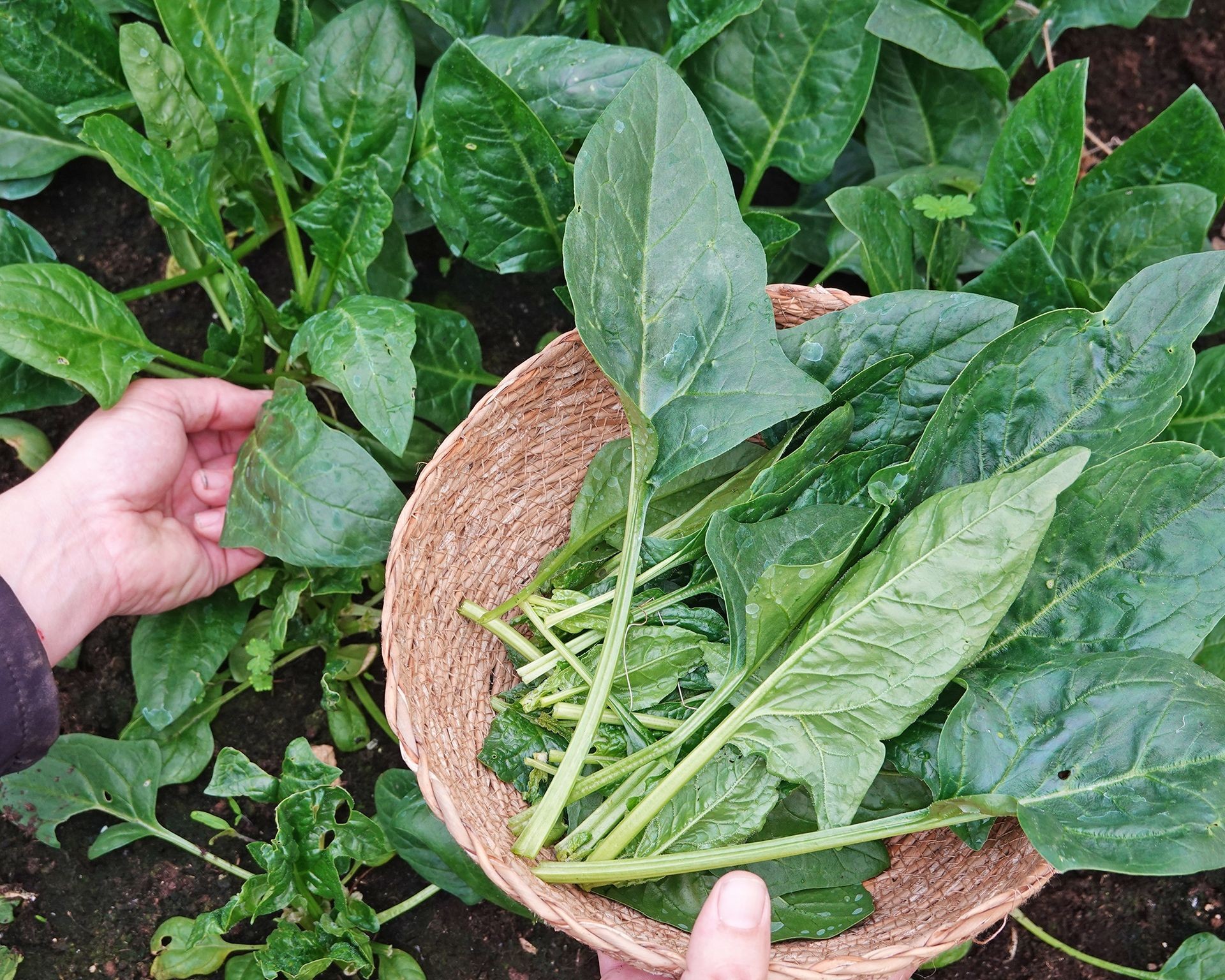 Gardener harvesting fresh spinach leaves into a small basket in a spring garden
Gardener harvesting fresh spinach leaves into a small basket in a spring garden
Lettuce
Much like spinach, lettuce prefers cooler conditions and is susceptible to bolting in warm weather. March is typically a safe time to sow lettuce seeds directly outdoors in most climates, even when soil temperatures hover around 40°F (4°C).
For a rapid harvest of tender salad greens, you can sow lettuce seeds densely and harvest the young leaves as “baby mix.” Alternatively, space seeds wider apart for full head formation, which typically matures in 40 to 50 days depending on the variety. Succession planting with lettuce seeds also works well, providing multiple harvests before the summer heat arrives. Experimenting with different lettuce varieties or seed mixes can add interesting textures and flavors to your spring salads.
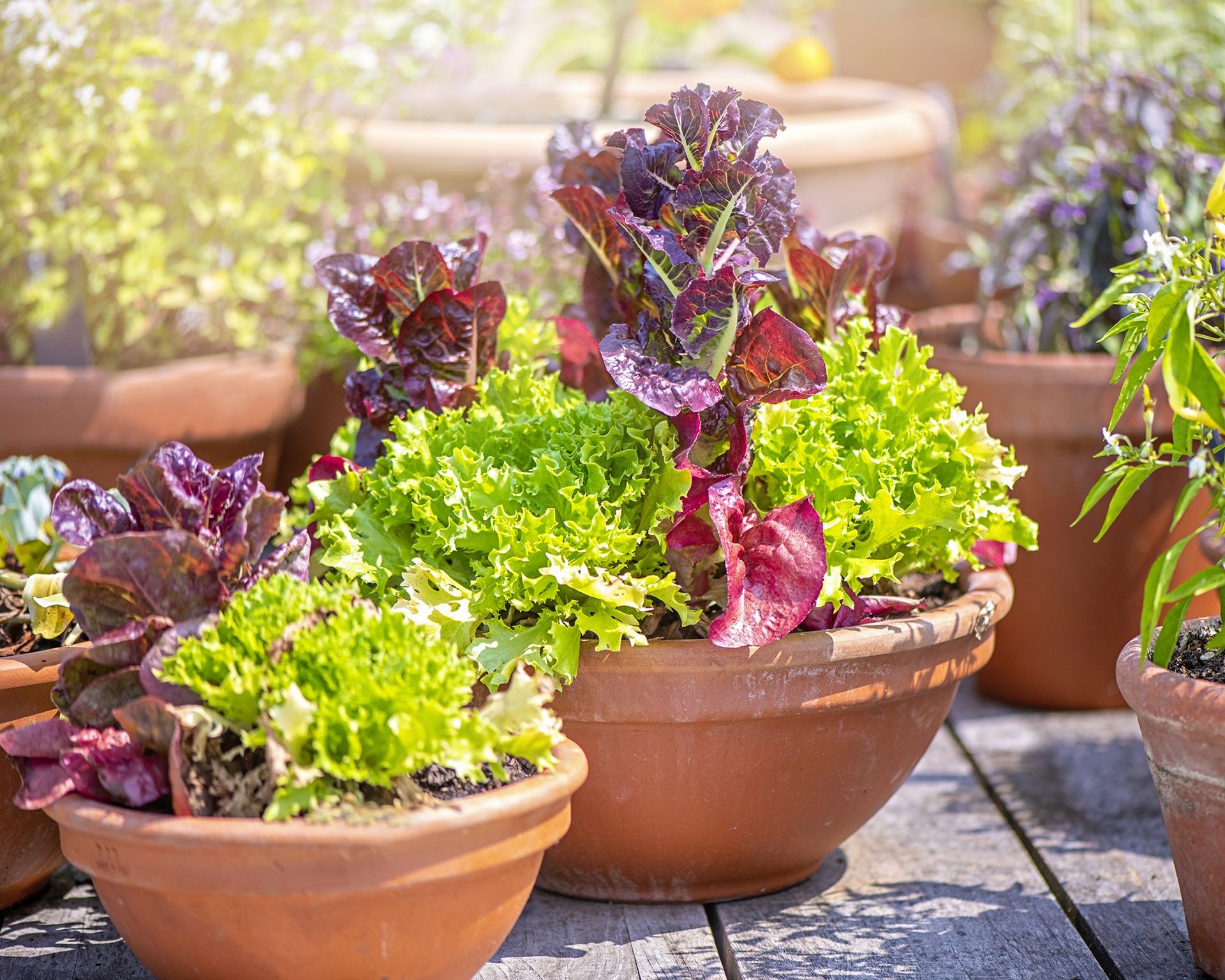 Various types of lettuce growing in terracotta pots on a sunny patio
Various types of lettuce growing in terracotta pots on a sunny patio
Radishes
Radishes are an excellent choice for early spring planting due to their tolerance for cooler weather and exceptionally fast growth rate. Depending on the specific variety and local conditions, you could be harvesting crunchy radishes in as little as three weeks from sowing.
Sowing radish seeds in succession starting in March allows you to enjoy multiple harvests throughout the spring. As with other cool-season vegetables, radishes typically do not perform well in the summer heat, but they can often be grown again in the fall. Selecting disease-resistant or weather-tolerant varieties can further enhance your success with this speedy crop.
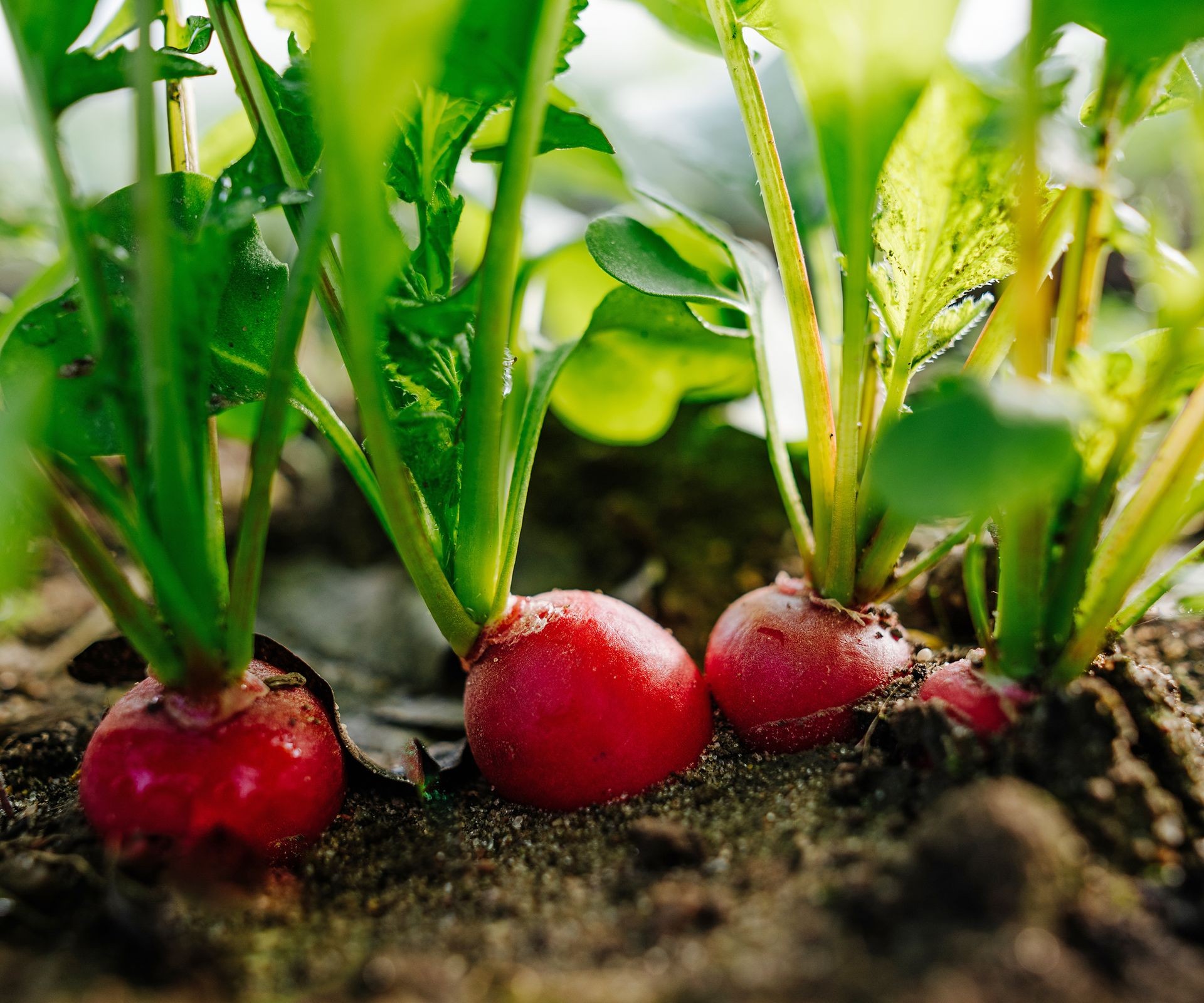 Bright red radishes peeking out from the soil in a raised vegetable garden bed
Bright red radishes peeking out from the soil in a raised vegetable garden bed
Carrots
Carrots are best planted directly into the garden soil as they generally do not transplant well. Sowing them in spring allows them to develop over the summer for a later harvest. While germination can be slower in cooler spring soil, the subsequent growth in moderate temperatures often results in exceptionally sweet roots. In warmer growing zones, March is an ideal time for direct sowing carrots outdoors.
For gardeners in colder regions, strategies to gently warm the soil can help speed up carrot seed germination. Covering the planting area with a dark-colored tarp anchored securely for a week or two can create a greenhouse effect, raising the soil temperature sufficiently for earlier planting. Including different carrot varieties, from quick-maturing types to colorful blends, can add interest to your garden and meals.
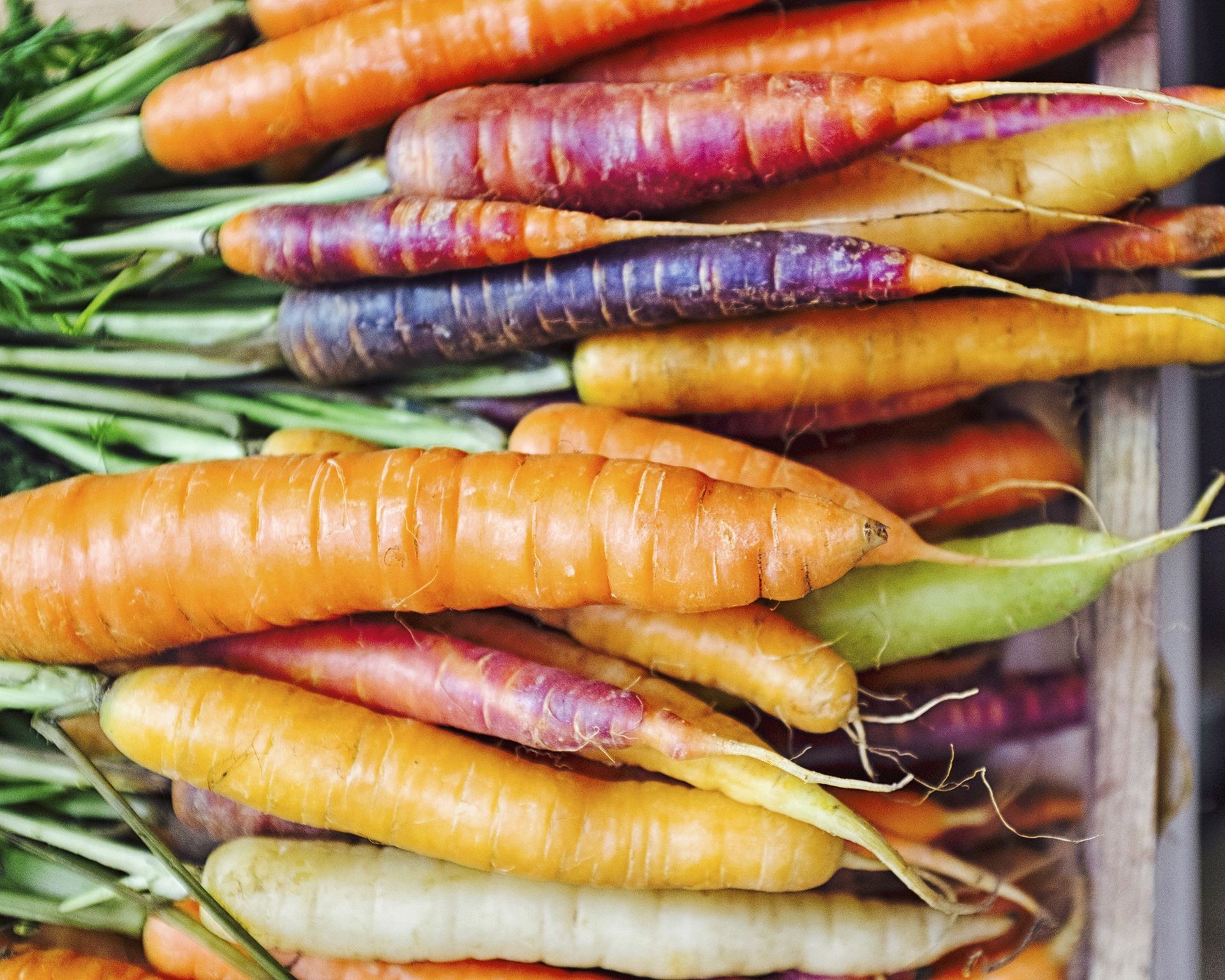 A colourful assortment of freshly harvested carrots piled in a wooden crate
A colourful assortment of freshly harvested carrots piled in a wooden crate
Warm-Season Crops to Start Inside in March
Unless you are gardening in the warmest climates, direct sowing warm-season vegetables outdoors in March is usually not feasible due to the risk of cold damage. For most gardeners, March is the opportune time to give these heat-loving plants a head start by sowing their seeds indoors under controlled conditions. These seedlings can then be transplanted into the garden beds once outdoor temperatures have consistently warmed up and the danger of frost has passed.
Tomatoes
Tomatoes are arguably one of the most popular warm-season crops for home gardeners. They flourish in the summer heat and generously produce fruits typically from late summer into early fall. A common guideline is to start tomato seeds indoors approximately five to six weeks before your average last frost date to give the plants sufficient time to develop before transplanting.
Choosing the right tomato variety depends on your climate, space, and intended use (slicing, sauces, snacking). For those in regions with shorter growing seasons, selecting early-maturing varieties can be key to ensuring a successful harvest before cooler weather returns. Other considerations might include disease resistance or specific culinary qualities like those found in paste tomatoes or sweet cherry types. Maintaining warm conditions for germination and early growth is vital; using a heating pad can help ensure soil temperatures remain at or above 70°F (21°C), which is ideal for tomato seeds.
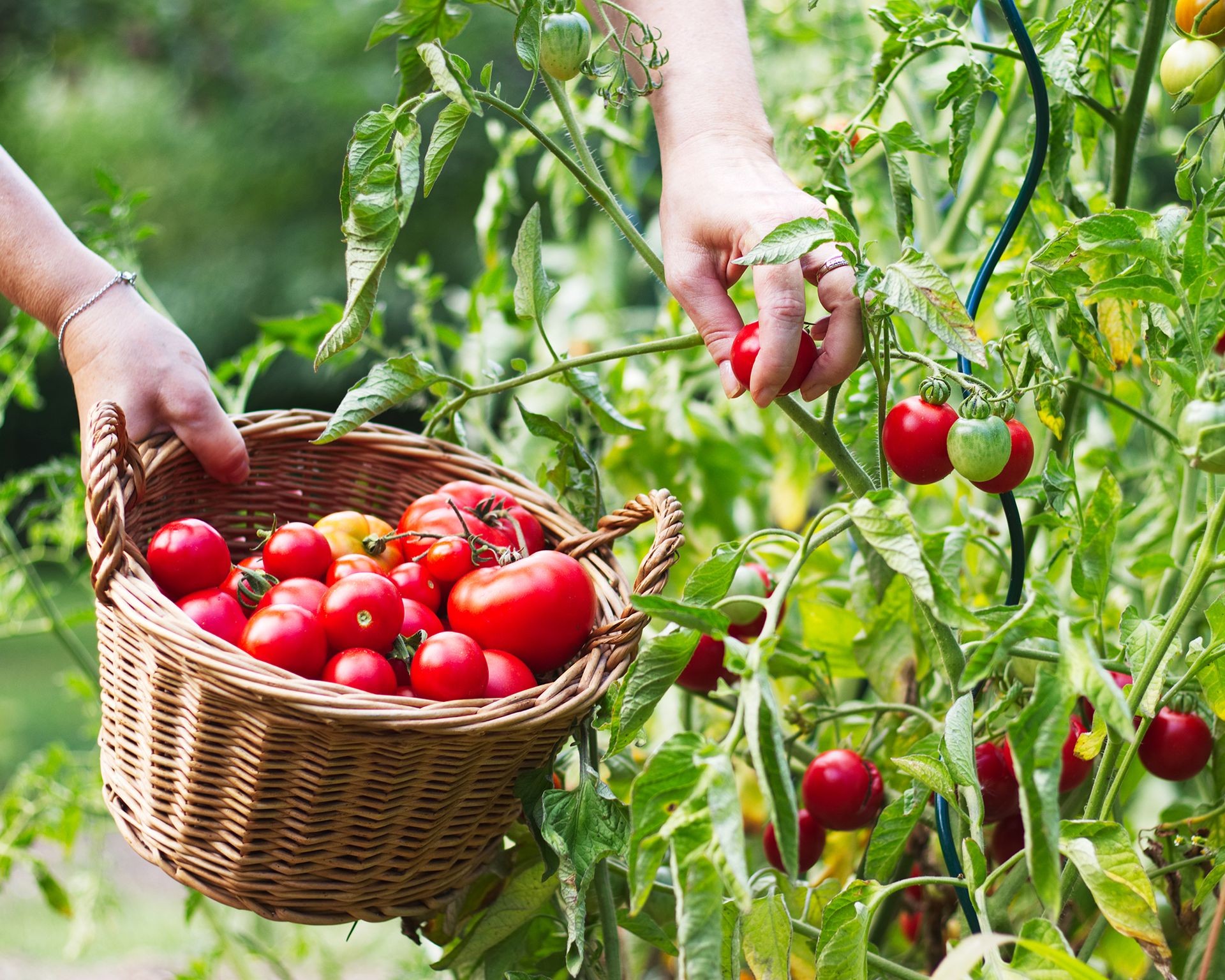 Hand picking ripe red tomatoes directly from the vine in a greenhouse or garden
Hand picking ripe red tomatoes directly from the vine in a greenhouse or garden
Peppers
Peppers, both sweet and hot varieties, are also heat enthusiasts and are highly susceptible to cold temperatures, making outdoor planting in early spring impractical for most. Starting pepper seeds indoors in March is highly recommended, partly because some varieties, especially hot peppers, can take a long time to reach maturity – potentially up to 150 days. Giving them an early start indoors helps ensure a harvestable crop before the end of the growing season.
Opting for faster-maturing pepper varieties can help shorten the wait. Pepper seeds require even more warmth for germination than tomatoes, often benefiting significantly from a heating pad to keep the soil consistently warm. Seedlings should not be moved outdoors until air temperatures are reliably above 55°F (13°C), including overnight lows.
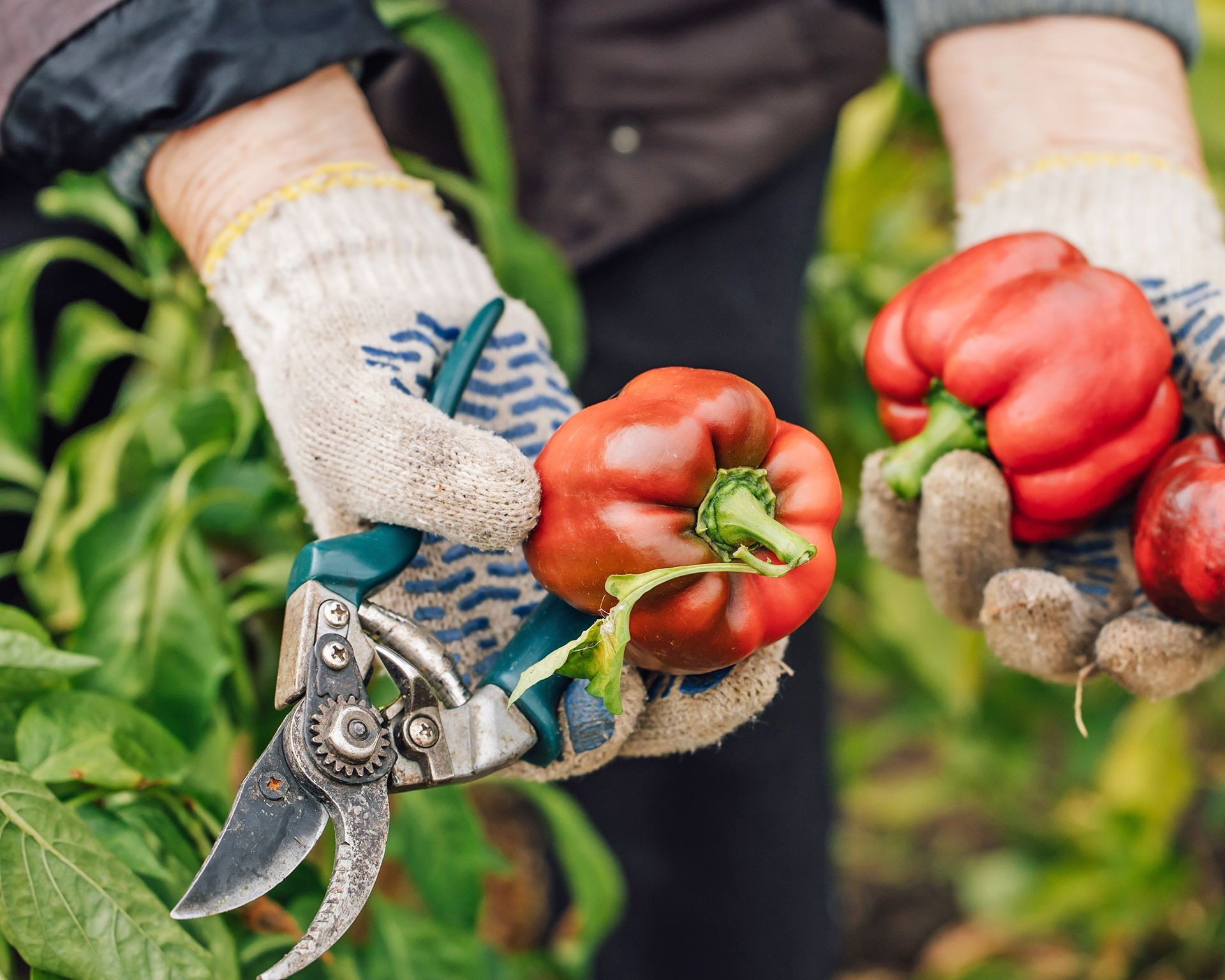 Hand using pruners to harvest bright red bell peppers from a thriving pepper plant
Hand using pruners to harvest bright red bell peppers from a thriving pepper plant
Broccoli
While technically a cool-weather vegetable that prefers to mature in cooler temperatures and will bolt in summer heat, broccoli is often best started indoors in March in many growing regions. This is because the soil temperature outdoors in early spring is typically too cold for reliable seed germination.
Starting broccoli indoors five to eight weeks before the last frost date allows you to get a head start. The precise timing can vary by variety, so checking the seed packet instructions is always advisable. Before transplanting the seedlings into the garden, it is crucial to “harden them off.” This process involves gradually exposing the young plants to outdoor conditions (sunlight, wind, fluctuating temperatures) over a week or two to help them adapt and reduce transplant shock. Selecting versatile varieties can offer options for both spring and fall planting or provide a longer harvest window.
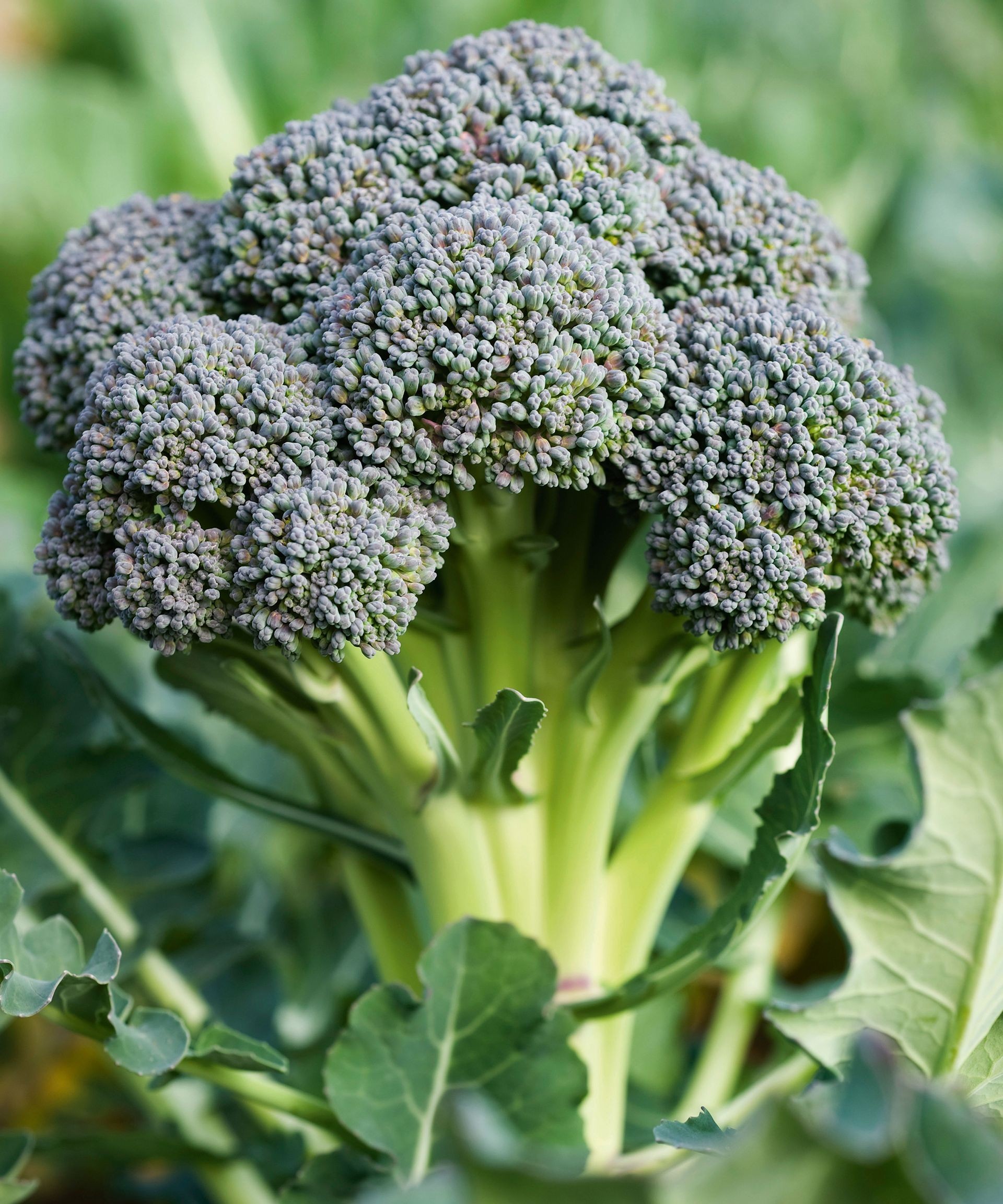 A mature head of broccoli growing vigorously surrounded by large green leaves
A mature head of broccoli growing vigorously surrounded by large green leaves
Cauliflower
Cauliflower, another member of the cruciferous family like broccoli, shares similar growing requirements but with a few key differences. It also thrives in cooler temperatures and will quickly bolt in heat. Unlike broccoli, which often produces multiple side shoots, cauliflower typically produces a single main head, requiring the plant’s full energy. Cauliflower plants are generally more sensitive to temperature fluctuations than broccoli, making early planting and careful timing essential.
Choosing appropriate varieties for your season length is important. For white cauliflower varieties, a process called “blanching” is often recommended. Once the head begins to form and is about the size of a baseball, the outer leaves are tied loosely over the developing head. This protects the head from sunlight, preventing it from turning yellow or purple and maintaining its desirable white color and tender texture. While cauliflower might demand a bit more attention than some other vegetables, the reward of harvesting your own beautiful, flavorful heads is well worth the effort.
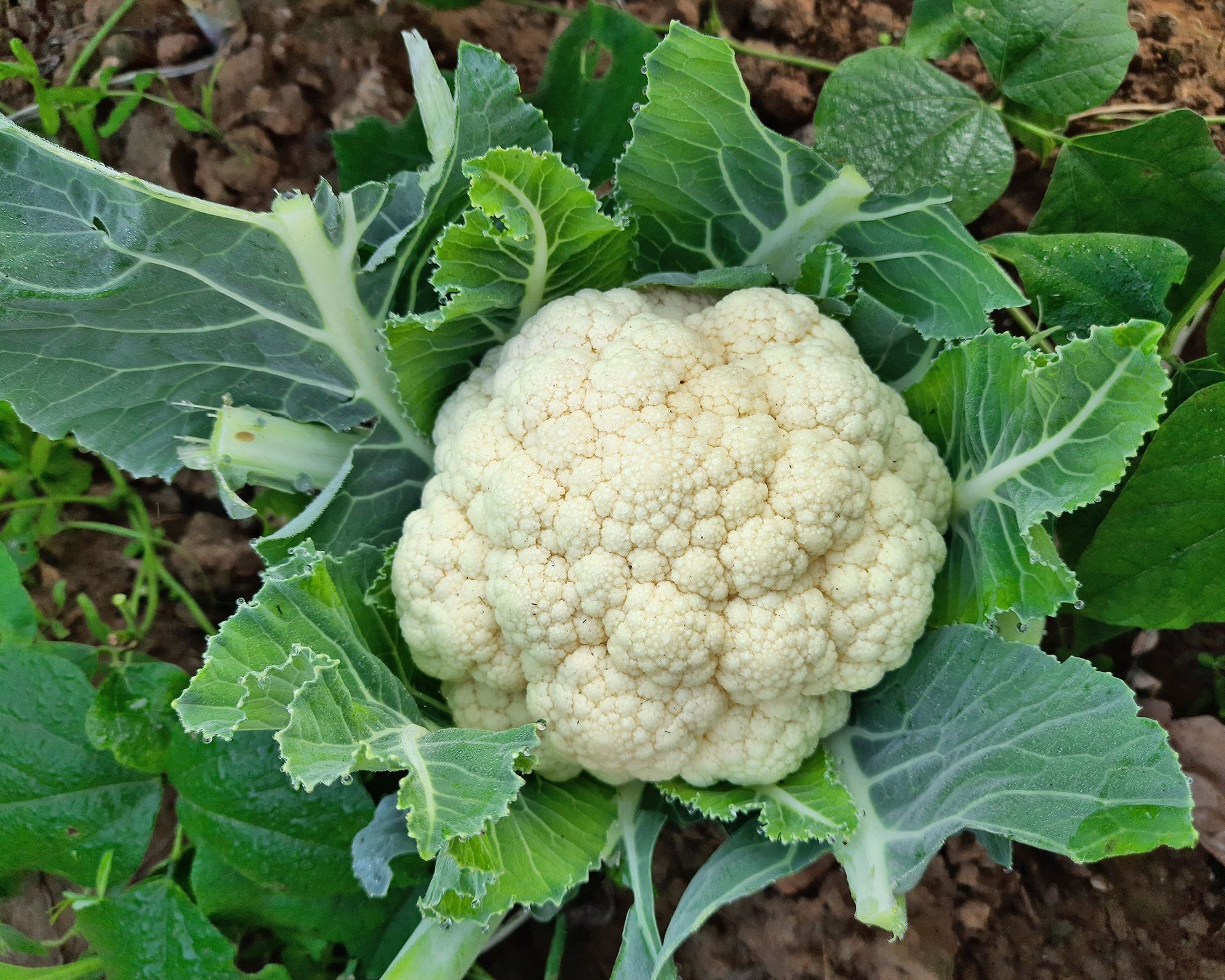 A large white cauliflower head growing healthily in a home vegetable garden
A large white cauliflower head growing healthily in a home vegetable garden
March offers diverse opportunities for gardeners, whether you’re sowing hardy seeds directly outdoors or nurturing tender seedlings indoors. By considering your specific hardiness zone, average last frost date, and the requirements of each vegetable, you can make informed decisions that set the stage for a successful and rewarding gardening season. Get ready to embrace the spring and start planting for future abundance! Explore the range of seeds and starting supplies available at Biogarden.asia to kickstart your March gardening adventures.



